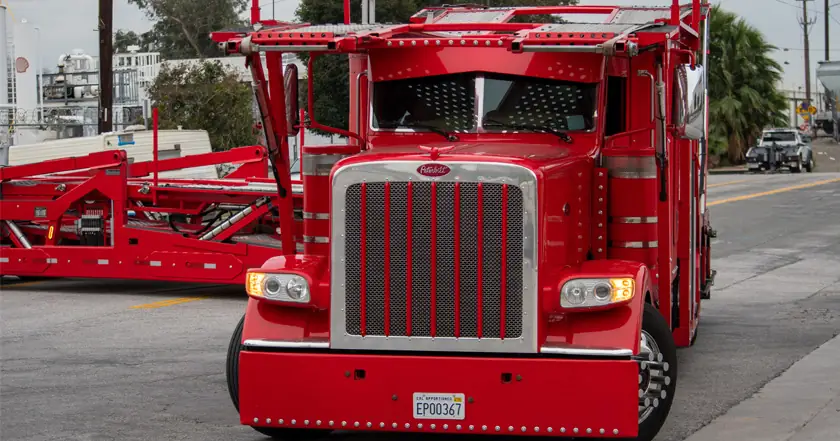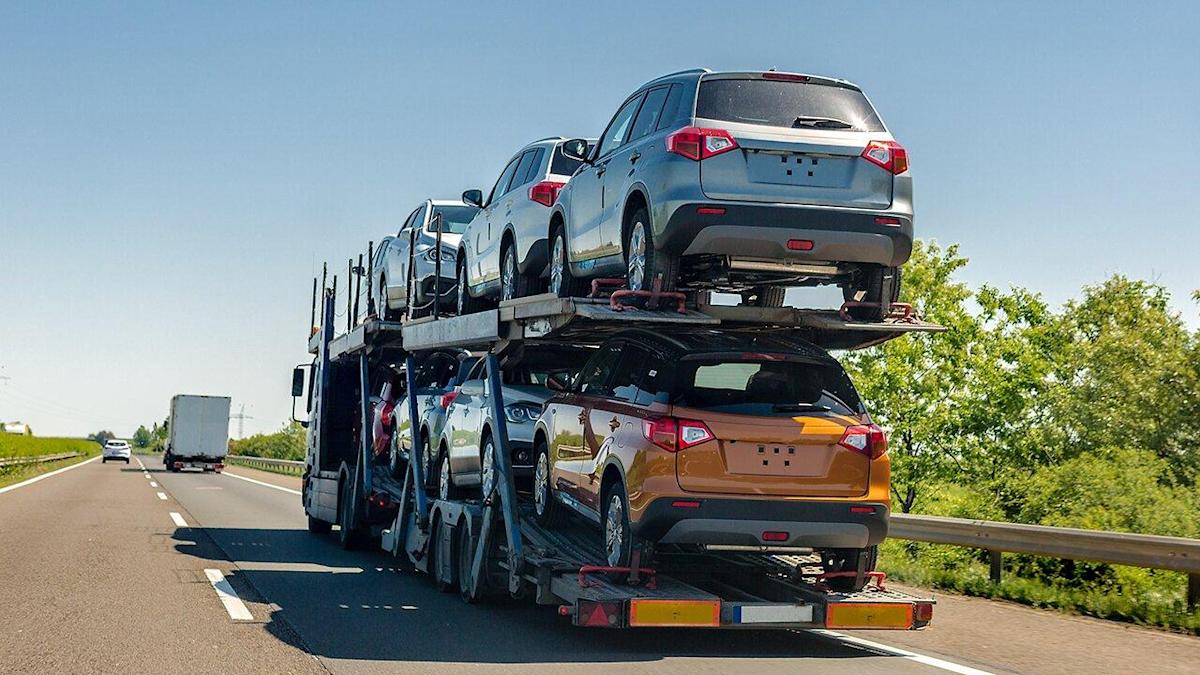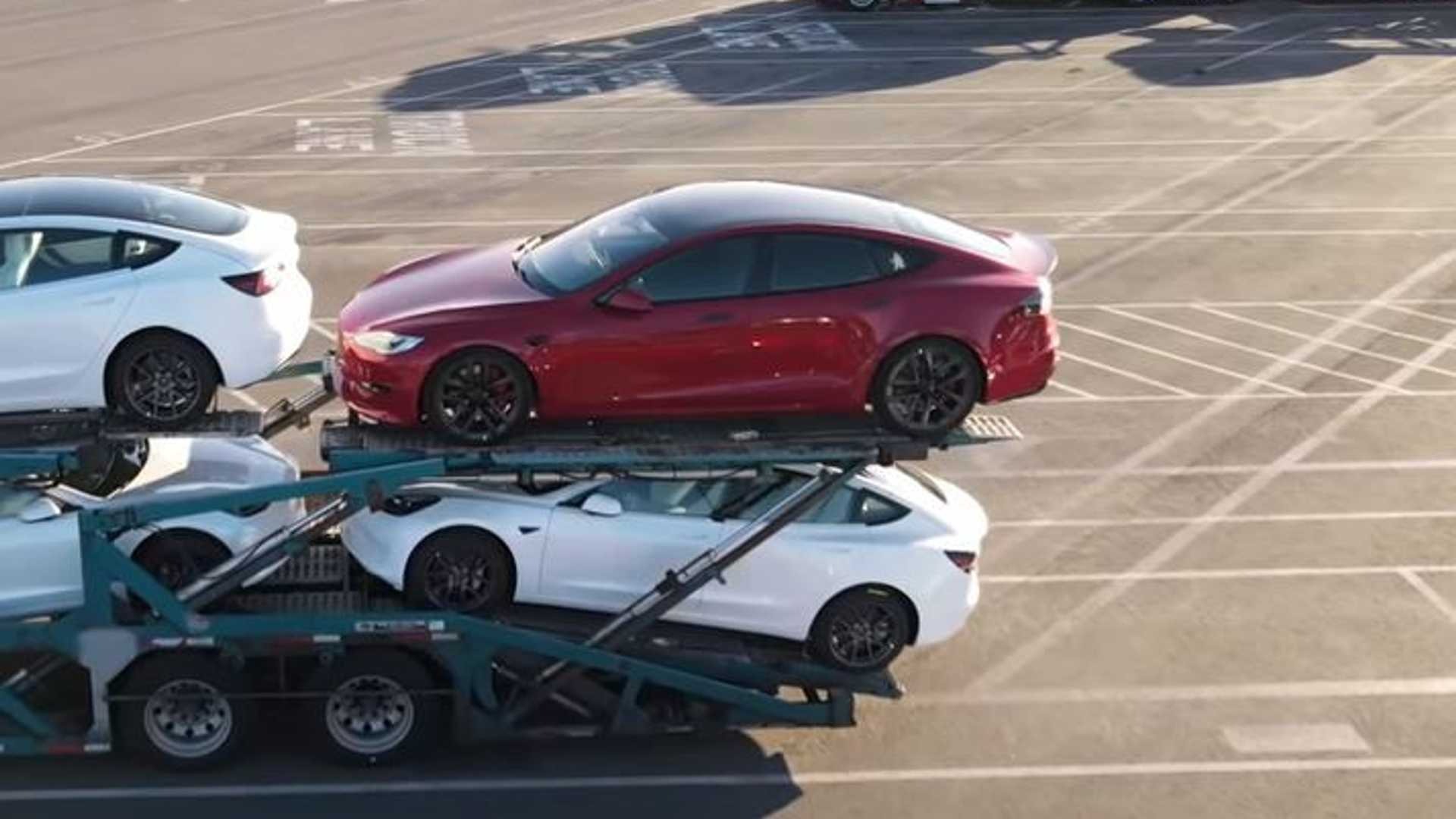Cars are an integral feature of most people’s lives, and thus, the majority of Americans have gone through the process of purchasing a car through dealerships. As a result, we’ve all probably spent more time than we’d like at local dealerships or doing online research for finding a car that best meets our needs.
Nonetheless, there are also several steps between purchasing a vehicle and receiving it at the desired destination. Therefore, we would like to shed light on the behind-the-scenes of the process.
The Bond Between the Two
Firstly, it is worth mentioning that running a car dealership necessitates careful planning and specific preparations. There are several factors to consider, such as the dealership’s location, the state of the local market, startup and operational costs, etc. In addition, car dealers must consider their local market, whether to sell used cars in addition to new ones, what startup costs they will face, and how to develop a fully functioning business (learn about how to become a car reseller / dealer.
Considering all the aspects of the process, dealers need a reliable partner for systematically shipping the cars from the manufacturer’s factory or the initial location of the previous car owner.
For some, the fact that manufacturers transport so many automobiles may appear ironic. Given that the vehicle’s function is mainly to provide transportation, companies annually transport millions of cars to dealer lots through auto transport companies.
Why Dealerships Transport
If the companies instead drove to the corresponding dealership, consumers would also perceive new cars as being used. As a result, regardless of the vehicle’s origin or location of the assembly plant, the automobiles should be shipped to the dealers’ location. To present the scale of the number of shipments to the dealerships, we can note the number of currently operating new car dealer businesses in the United States. In 2021, the number of new car dealership businesses in the US was 17,726.
Used automobiles are transported across the country by car dealers as well. According to statistics, the figures of sales of used cars in the US are around 40 million. Franchise and independent dealers sold approximately 66.6 % of the used cars. Moreover, the interested parties are often obliged to transport the used vehicles through multiple trip stops. The owners ship them firstly to auctions or wholesale operations before the dealer receives the car.
Read also – can a dealership ship a car to another dealership
Avoidance of Public Transportation
Consumer behavior has also changed over time, particularly during the pandemic. Even though car sales, in general, were down, as was every other industry. They were higher among 18–35-year-olds in the summer of 2020, owing to the fear of contracting the virus in public transportation or maintaining social distance in rideshares.
Previously, millennials living in cities would prefer to rent and use public transportation. However, after pandemics and numerous lockdowns, they have begun to purchase their cars, thus creating a more secure means of transportation for themselves. This change in perspective has indirectly increased the number of transactional activities for both dealerships and auto transport companies. As a result, auto transport companies and dealerships are making further partnerships to make the whole process for the clients more flexible.
Car Buyers Receive their Cars
The same goes for the process of getting the car after the customers purchase it. They have two options: organize the shipment themselves through an auto transport company or ask a dealer to arrange it for them. Individual preferences are usually taken into account when making a decision. It is common practice in the dealership industry to form partnerships with certain auto transport companies to coordinate shipping for each area. In many cases, this will simplify the process for customers. They would not be required to find the auto transport company and arrange the entire process themselves.






